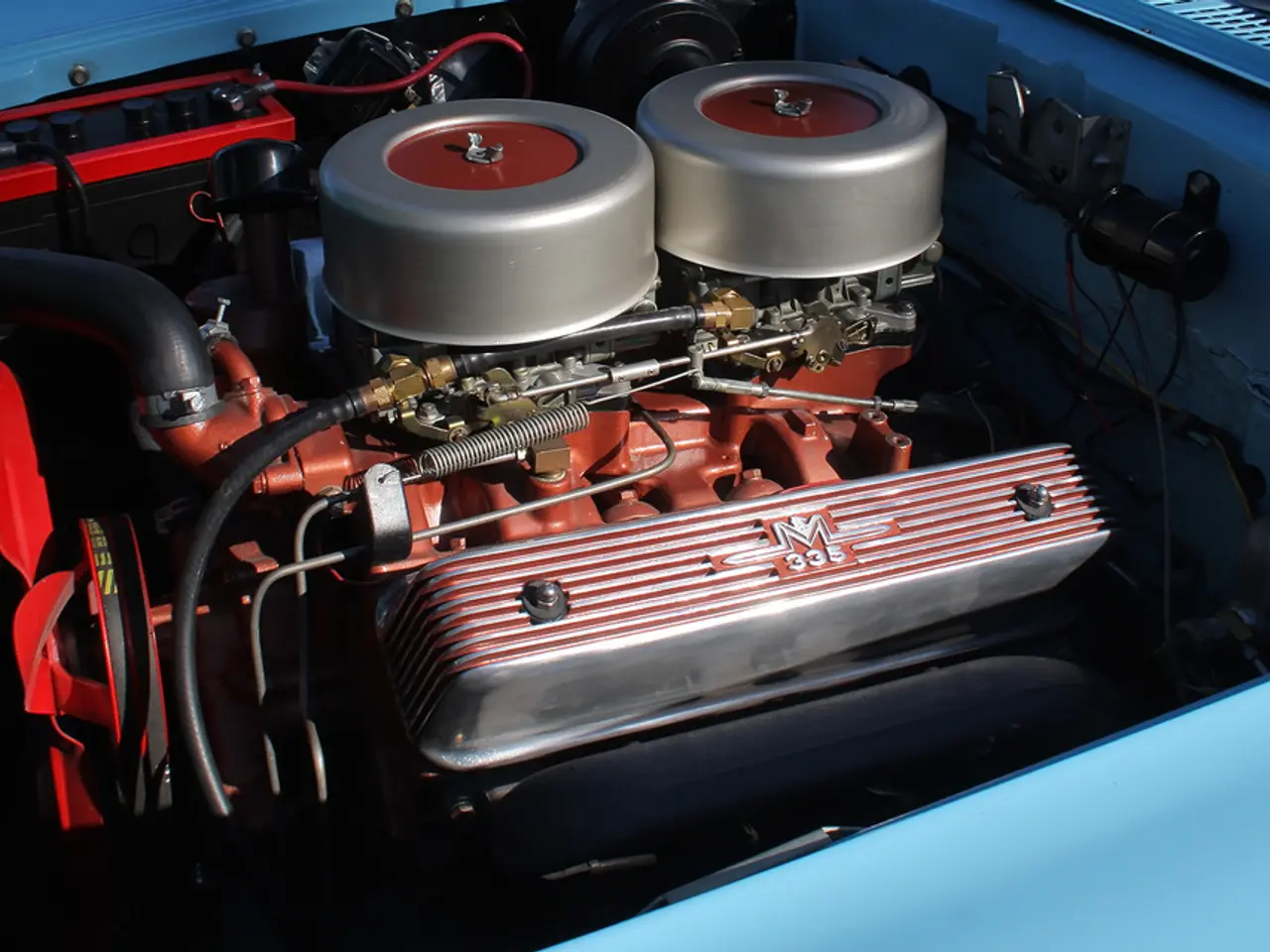Industrial interconnection's significance in driving AI-operated processes
In the dynamic world of industrial manufacturing, seamless data transfer and integration have become crucial for staying competitive. However, the use of proprietary protocols in industrial devices and systems can inhibit this seamless communication.
Fortunately, industrial connectivity solutions are bridging this gap, enabling manufacturers to link diverse and legacy systems securely. This connectivity provides real-time access to comprehensive operational data, breaking down the barriers created by data silos and fragmented environments.
By unifying various data types and systems, from device-level sensors to operational technologies and enterprise software, these solutions create a single source of truth. This unified, accessible data foundation fuels AI algorithms for predictive maintenance, process optimization, and quality control.
Advanced, scalable networking platforms provide high-performance wireless connectivity, automation, and security to ensure continuous, reliable data flow across factories, warehouses, and data centers. Security features protect sensitive manufacturing data while enabling seamless collaboration.
With robust connectivity in place, manufacturers can leverage AI-driven cloud networking and analytics to reduce manual tasks, optimize workflows, and adapt dynamically to operational changes. Automated workflows and data-driven insights enhance workforce efficiency and overall equipment effectiveness (OEE).
Moreover, by turning raw data into actionable insights through intelligent automation and integrated reporting, manufacturers gain real-time visibility into performance metrics. This enables informed decisions that improve throughput and reduce waste across processes.
In essence, industrial connectivity solutions are playing a pivotal role in providing the means to access, collect, and leverage data for AI-based decision-making. They serve as a bridge between disparate systems, facilitating communication between legacy systems, modern equipment, and AI-powered applications.
Suitable industrial connectivity solutions should provide extensive protocol support, allowing them to connect to virtually any industrial device, with drivers for common industrial protocols such as Modbus, OPC UA, and more. They should also collect and normalize data, creating a single source of truth that can then be fed into AI algorithms.
In an era where AI-driven operations are revolutionizing industrial settings, easy access to industrial data through industrial connectivity solutions can contribute to the democratization of data in industrial manufacturing. Without a unified access point, data cannot be easily integrated, analyzed, or shared, making AI applications less effective.
Manufacturers operating in environments with siloed systems and proprietary protocols face a complex task in obtaining the data necessary to fuel AI. However, with industrial connectivity solutions, these challenges are being addressed, paving the way for more agile, efficient, and resilient manufacturing operations that can respond proactively to issues and adapt to changing market demands.
In conclusion, industrial connectivity is an essential tool that makes data that has long been locked away, ready to power the next generation of industrial transformation. By unlocking the potential of AI in industrial settings, manufacturers can improve operational agility, productivity, and competitiveness in complex industrial environments.
- The industrial connectivity solutions, with their extensive protocol support, allow for seamless data transfer between various finance, technology, and manufacturing sectors, breaking down communication barriers presented by proprietary protocols in industrial devices.
- By providing a unified, secure access point to comprehensive operational data from device-level sensors to enterprise software, these advanced solutions enable AI algorithms to make predictive decisions, optimize processes, and enhance overall equipment effectiveness (OEE), thereby bridging the gap between the conventional industrial manufacturing and finance industry.




